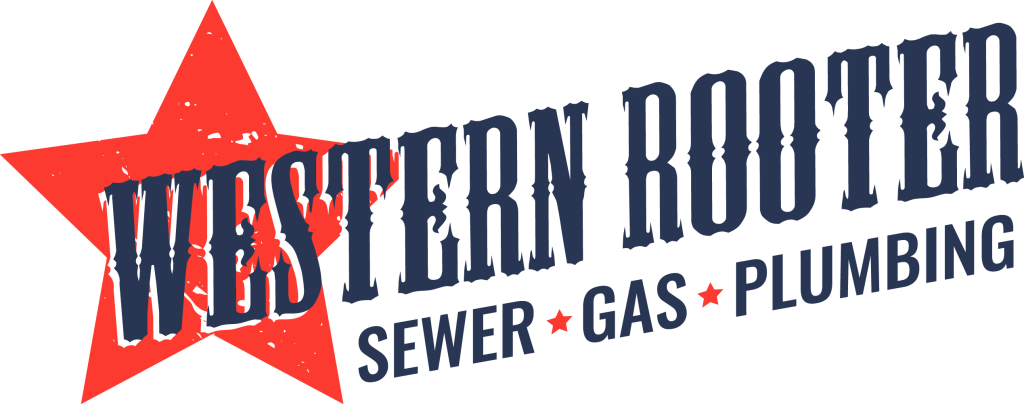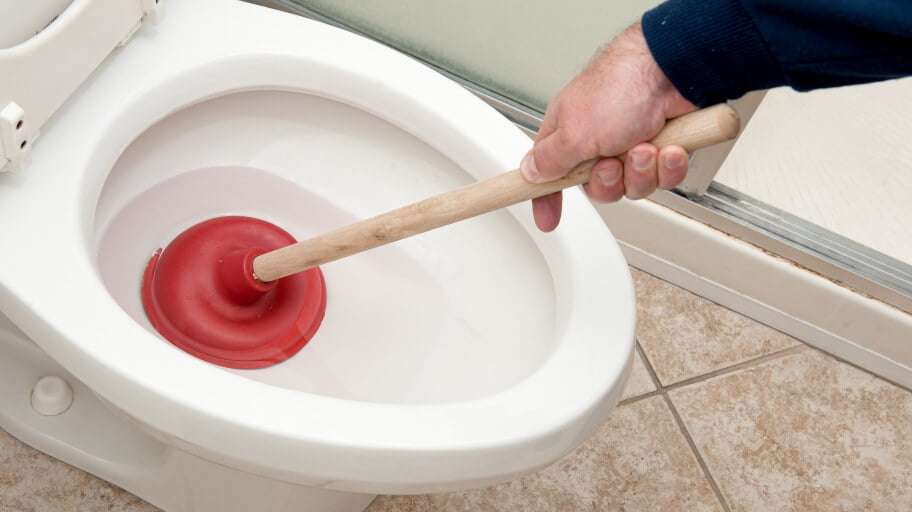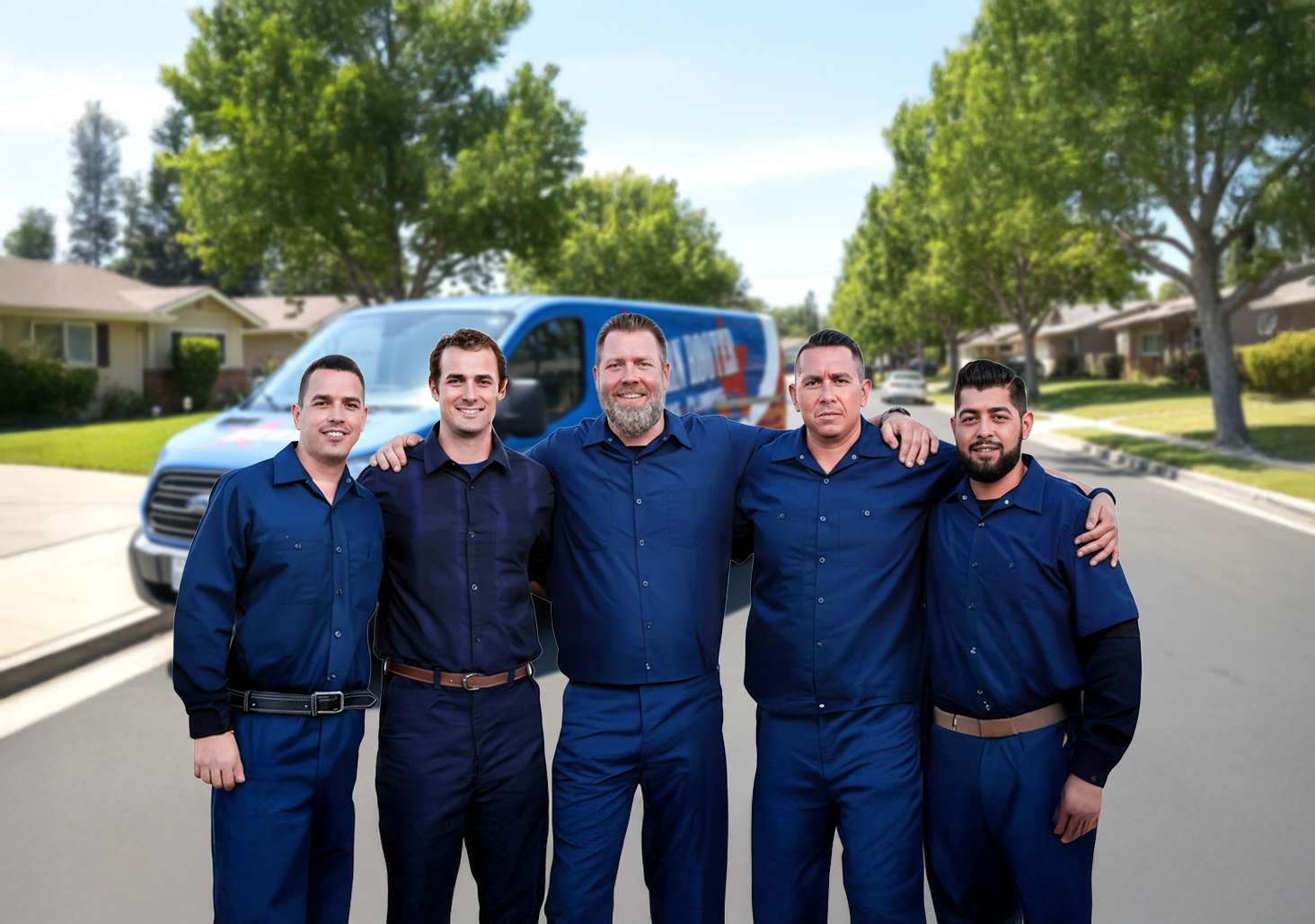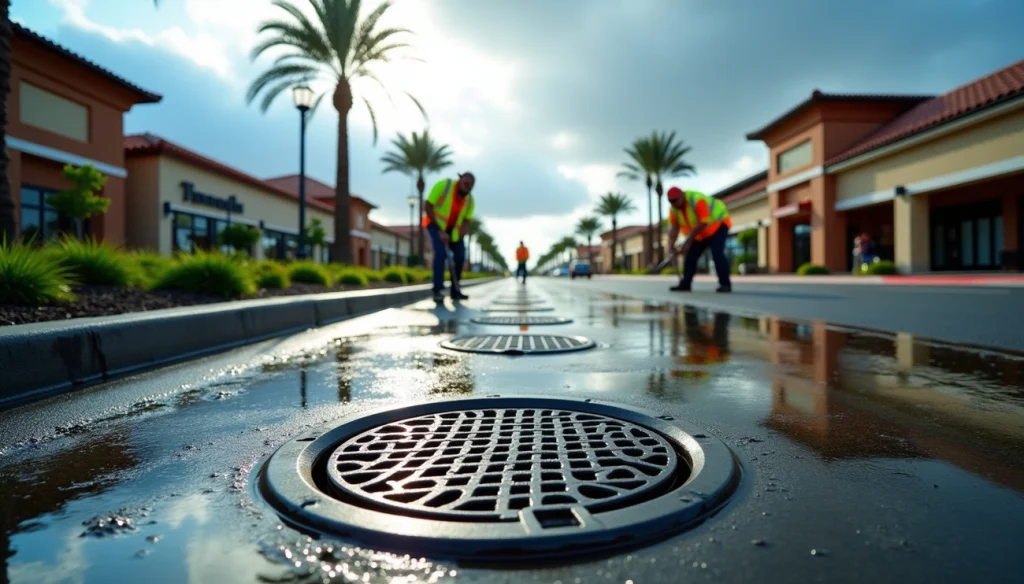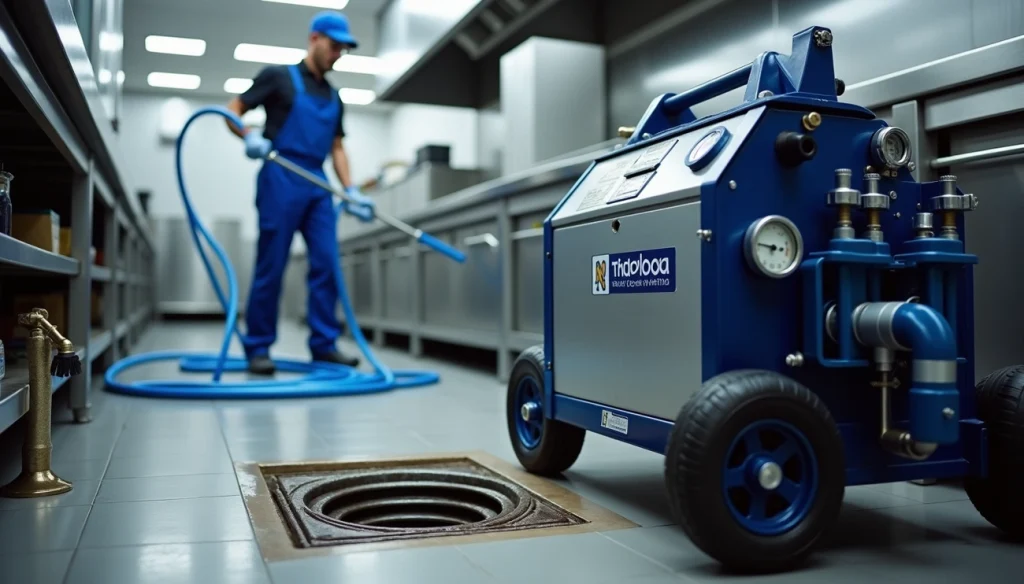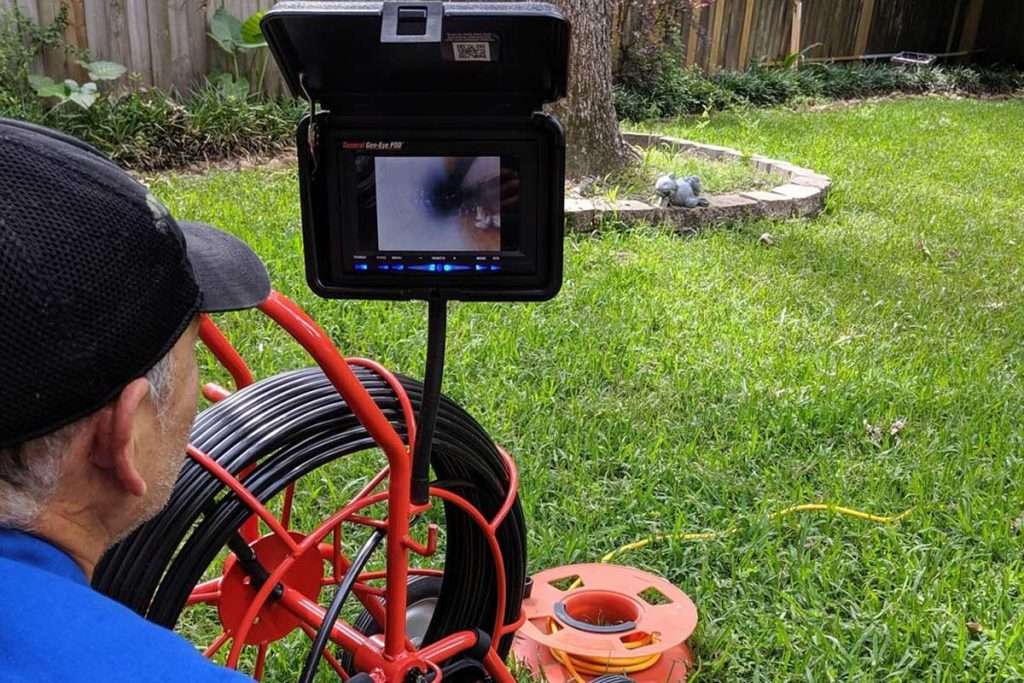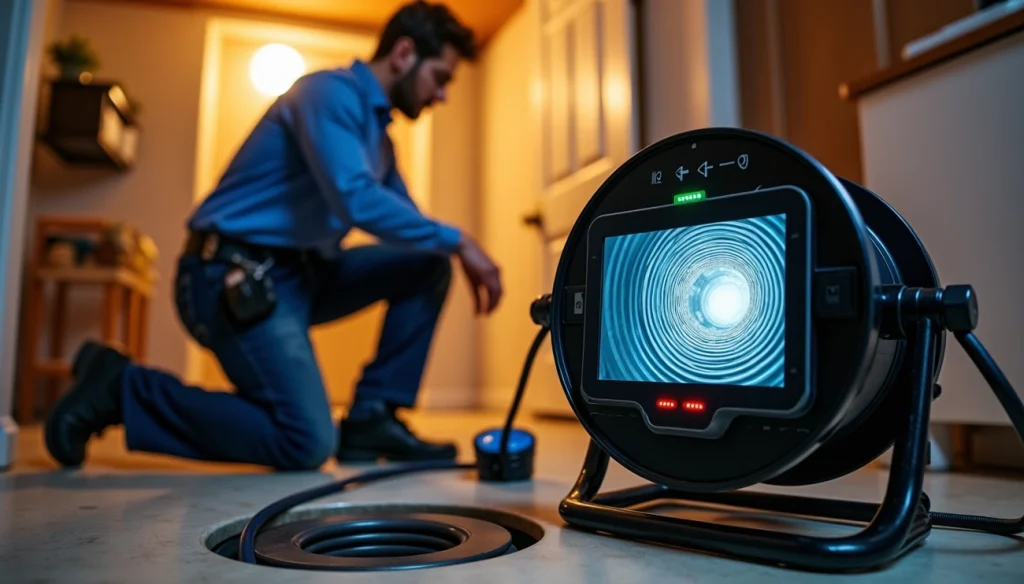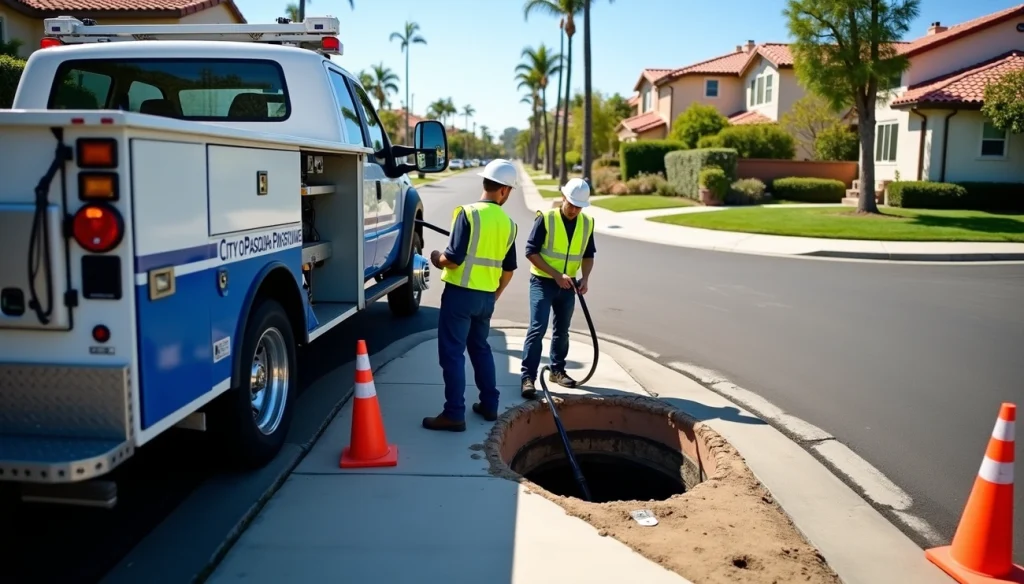Most common toilet problems don’t need a professional plumber. Slow-filling, running, or clogged toilets are issues you can fix yourself. But a toilet that won’t flush can quickly become your home’s biggest emergency.
A faulty toilet wastes much water and drives up your water bills, especially if it runs constantly. The good news is that many flushing problems have simple solutions. Your toilet might not flush right because of a clogged drain, damaged flapper, or wrong water levels – but the fix could be simpler than you expect.
You need to understand your toilet’s simple mechanism to fix problems effectively. We’ll show you how to get your toilet working properly again. Quick plunger techniques work in 15 seconds, and adjusting the float ball position 1-2 inches below the overflow tube often solves the problem.
Let’s take a closer look at the best solutions for your toilet flushing problems and learn what’s causing the issue first.
Why Won’t My Toilet Flush? Identifying the Problem
A toilet that won’t flush properly needs quick diagnosis to fix the problem. You can solve most issues without a professional plumber if you learn about the common causes.
Common symptoms of a non-flushing toilet
Your toilet might show these distinctive signs:
- Bowl fills but doesn’t drain: Water rises in the bowl and takes several minutes to drain instead of flushing normally.
- Weak or incomplete flush: The flush lacks enough force to clear the bowl completely.
- No water movement: Nothing happens after you press the handle.
- Phantom flushing: The toilet flushes by itself without anyone touching the button or lever. This usually happens because water leaks from the tank into the bowl.
Calcium and lime deposits can limit water flow into the toilet bowl, which leads to weak flushes. Clogs from toilet paper or other items are the most frequent culprits behind flushing problems.
Quick diagnostic checklist
Start with these simple checks before grabbing your tools:
- Check the water level in the tank: The tank’s water level should sit about one inch below the overflow tube’s top. Low water levels often cause weak flushes.
- Inspect the flush handle and chain: The chain between the flush lever and flapper needs just ½ inch of slack. Make sure it isn’t loose, disconnected, or tangled.
- Examine the flapper: A warped, torn, or damaged flapper won’t seal properly and affects your toilet’s flush.
- Look for rim jet clogs: The small holes under the toilet bowl rim can get blocked with mineral deposits that restrict water flow.
- Test the water supply: The inlet valve should be completely open.
Tools you’ll need for most repairs
These tools will help you tackle common toilet repairs:
- Plunger: Cup-style or accordion-style plungers work best against clogs.
- Toilet auger: This specialized tool unclogs toilets without scratching the bowl.
- Adjustable wrench: Perfect to tighten connections and bolts.
- Screwdriver: You’ll need this for seat removal and tank adjustments.
- Bucket and sponge: These catch and remove water during repairs.
- Gloves: Protection is essential while working with toilet components.
This knowledge about common symptoms and proper tools will help you fix most toilet flushing issues yourself. All the same, persistent problems might need a professional plumber’s expertise.
Quick Fixes for a Clogged Toilet
Your toilet might not flush because it’s clogged. Most clogs can be fixed without a professional plumber’s help. Let me share three quick ways to make your toilet work again.
Using a plunger effectively
The plunger stands ready as your best defense against toilet clogs. Success comes from proper technique.
A flange or accordion-style plunger creates a better seal than a standard cup plunger. The plunger cup needs enough water coverage to create suction. The rubber ring should sit directly in the drain opening at a 45-degree angle. A thin layer of petroleum jelly around the rim helps create a tighter seal.
Start with a gentle push to remove air. Then use firm, vertical motions while maintaining the seal. The upward pull matters more than pushing down because it creates the suction needed to clear clogs. Give it about 15-20 strong plunges before checking your progress.
Hot water and dish soap method
This simple technique works 85% of the time if you don’t have a plunger handy. Start by pouring ¼ cup of liquid dish soap into the bowl, as close to the drain hole as possible. Heat a gallon of water until very hot, but not boiling – boiling water could crack the porcelain.
Pour the hot water carefully from about a foot above the bowl. Let everything sit for 10-15 minutes. The soap’s density helps it reach the clog directly and break up the blockage.
When to use a toilet auger
The toilet auger becomes your next best option if plunging and soap don’t work. Unlike regular drain snakes, toilet augers come with a protective rubber sleeve that keeps your porcelain safe from scratches.
The auger works best if:
- The clog sits beyond the toilet’s trap
- Multiple plunging attempts haven’t worked
- Non-flushable items might be causing the blockage
The curved end goes into the drain first. Turn the crank handle clockwise with gentle pressure until you feel resistance from the clog.
These methods should fix your toilet. If they don’t work, Western Rooter offers free estimates to help solve your flushing problems!
Fixing Tank-Related Flushing Problems
Most toilet flushing problems come from tank issues rather than clogs. You can fix these mechanical problems yourself without specialized tools. Let’s get into the most common tank-related problems and their solutions.
Adjusting a loose or disconnected chain
Your toilet’s flush handle connects to the flapper with a chain that serves a vital role in proper flushing. The toilet won’t flush correctly even without a clog if this component fails.
Check the chain to see if it’s disconnected or has excess slack. The chain works best with about 1/2-inch of slack when the handle rests. The flapper closes poorly with too much slack, while an overly tight chain prevents complete sealing.
To adjust the chain:
- Remove the tank lid carefully
- Check if the chain is attached to both the flush lever and flapper
- Reconnect if needed using needle-nose pliers
- Adjust the chain length by hooking it to a different link, ensuring proper tension
Replacing a damaged flapper
Water leaks continuously from the tank into the bowl when a damaged flapper fails to seal properly. This explains constant running or weak flushing.
Signs of flapper problems include:
- Toilet running intermittently
- Weak flushing pressure
- Visible cracks or warping on the rubber flapper
To replace a worn flapper:
- Turn off the toilet’s water supply
- Flush to empty the tank
- Disconnect the chain from the flush lever
- Remove the old flapper by unhooking it from the overflow tube pegs
- Install the new flapper by sliding it over the overflow tube or attaching it to the pegs
- Reconnect the chain with proper slack
- Turn the water back on and test
Correcting water level issues
Weak flushes or running toilets often result from improper tank water levels. The water level should stay about 1 inch below the overflow tube.
For ball float valves:
- Adjust using a flathead screwdriver
- Turn clockwise to lower the water level or counterclockwise to raise it
For cylinder float valves:
- Locate the adjustment screw on the fill valve
- Use a screwdriver to adjust accordingly
- Squeeze the float clip to release and slide up or down as needed
Flush the toilet after adjusting to check if the water refills to the right level.
These solutions didn’t fix your toilet? Contact Western Rooter today to get a free estimate!
Advanced Toilet Repair Solutions
Toilet problems sometimes need complex solutions. Simple fixes might not solve your toilet’s flushing problems, and that’s the time to look at these advanced repair options.
Dealing with a cracked overflow tube
A cracked overflow tube leads to persistent running or “phantom flushing” in toilets that won’t flush right. You might spot hairline cracks or breaks at the base where the flapper sits. The water level leaks down to that point after turning off the water supply.
Waterproof marine epoxy can work as a temporary fix if applied with care around damaged spots. Some DIY enthusiasts have found success by sliding flexible tubing inside the broken pipe and securing it with marine epoxy.
Most professionals suggest replacing the entire flush valve assembly rather than fixing a cracked overflow tube. The component’s low cost compared to water damage makes replacement the smarter choice.
Fixing a faulty fill valve
Fill valves last about five years before problems show up. Your fill valve might be failing if you notice:
- Toilet running constantly
- Slow tank refilling
- Unusual noises during flushing
Steps to replace a faulty fill valve:
- Turn off water supply and flush to drain the tank
- Disconnect the water supply tube from the fill valve
- Remove the mounting nut underneath the tank
- Lift out the old fill valve
- Insert new fill valve, ensuring the rubber washer is properly placed
- Reconnect and tighten all components
- Adjust water level to about one inch below overflow tube
When to replace the entire flush mechanism
A full mechanism replacement makes sense if:
- Multiple components fail at once
- Your toilet’s age exceeds 10 years
- Leaks persist after replacing individual parts
- You need better water efficiency
Modern replacement kits such as the Fluidmaster Everything Toilet Tank Repair Kit include all parts needed for a complete system upgrade. New mechanisms offer more powerful flushes while using less water.
Contact Western Rooter today to get a free estimate!
Conclusion
You can handle most toilet flushing problems with simple tools and knowledge. The right diagnostic steps and repair techniques will help you fix everything from simple clogs to complex tank mechanisms.
Your toilet needs regular maintenance checks to prevent major problems. You should get into your toilet’s components from time to time, especially the flapper, chain, and water levels. Everything in tools like a quality plunger and toilet auger will give you the preparation you need for unexpected issues.
Many toilet repairs make great DIY projects, but some situations need professional expertise. Western Rooter’s team serves homeowners and property managers in Los Angeles and San Bernardino Counties with 24/7 emergency services. Call us today for a free estimate if you have persistent flushing problems or need expert guidance.

